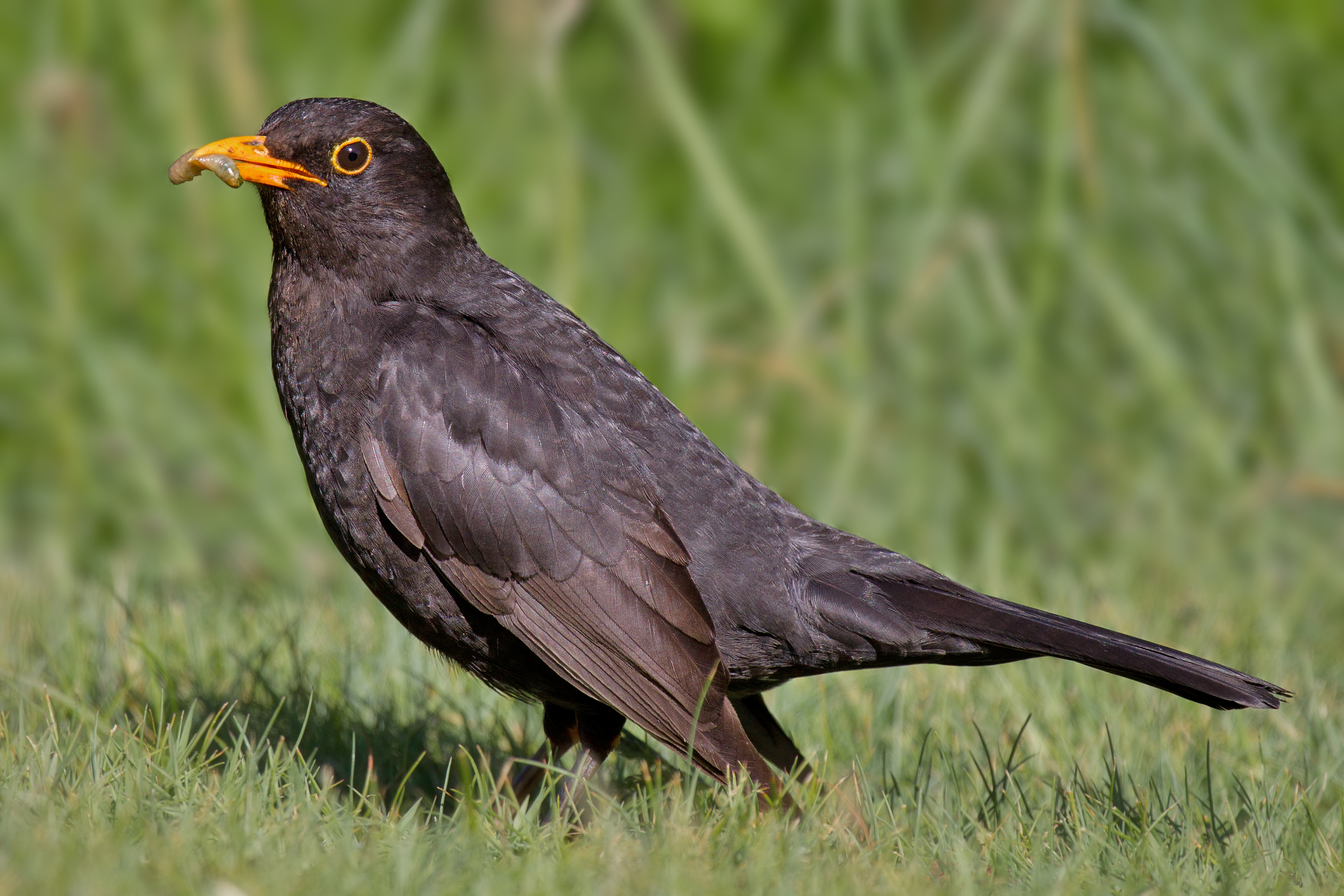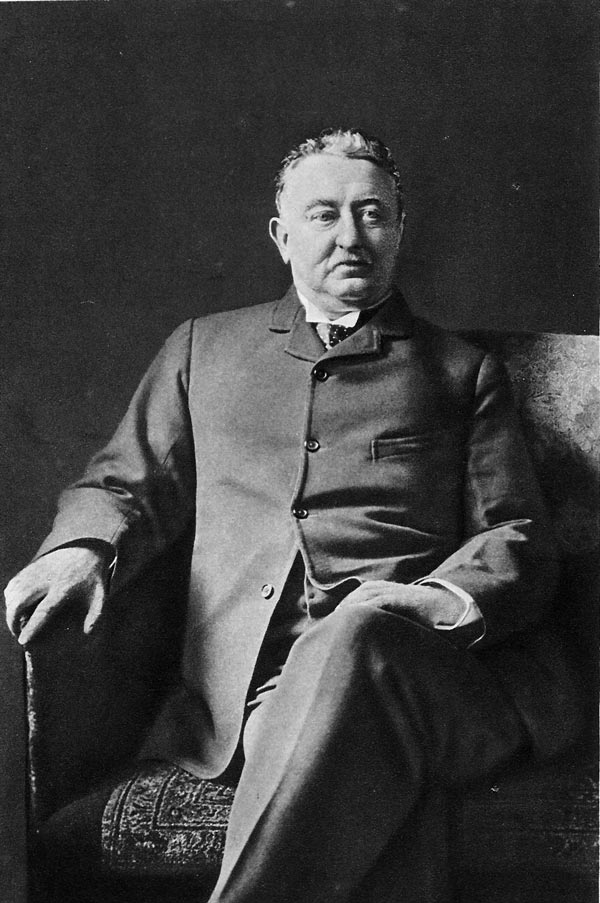This is the seventh and concluding volume of "Birds of Africa", a
work that took almost 20 years to complete. One of the editors, Stuart Keith,
passed away before the publication of this last volume, and it's therefore
dedicated to his memory. Incidentally, all the editors look like members of
some colonial White old boys club!
Apparently, "Birds of Africa" was originally intended to be a
four-volume work, with two volumes each for non-passerines and passerines. This
proved overoptimistic in the extreme. Seriously, what did they expect? The
total number of African bird species is about 2,130. And yes, most are
passerines... Academic Press therefore permitted the project to swell to a
whooping seven volumes. Even so, the publishers did get somewhat worried when
the project dragged out over several decades, eventually forcing the small
editorial club to expand to about a dozen members.
Six passerine families are included in Vol. VII, including sparrows, weavers
and finches. I wasn't too surprised to find the House Sparrow in this volume.
It occurs naturally in North Africa, but has been introduced in sub-Saharan
Africa as well, where it's thriving around human habitat. The Tree Sparrow by
contrast is a rare and uncommon resident and winter visitor in North Africa,
but hasn't been able to establish itself anywhere else on the dark continent.
Well, at least Africans don't have to worry about stepping on it! (I always do
when walking in Swedish parks. I mean, these birds are ridiculously small.)
Otherwise, this volume is similar in character to the other volumes. The color plates are surprisingly good, while the text can be
heavy reading for the general reader. It's a reference work for scientists and
libraries, after all, not something you can actually "read" from
cover to cover. I'm sure it works well as a reference work, and hope the old
boys have find another outlet for their creative energies after finishing this
series. How about a book about...well, American birds?

.jpg)
.jpg)


